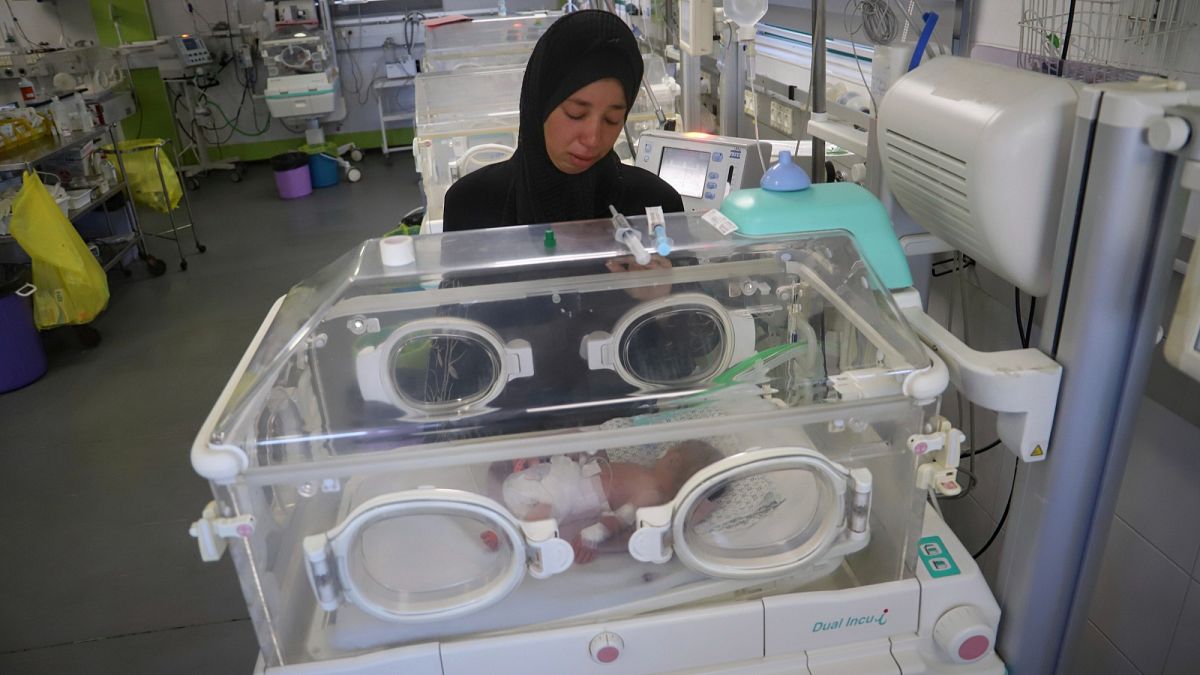

In today’s complex global landscape, distinct health challenges and innovative solutions highlight the multifaceted nature of humanitarian and scientific efforts worldwide. This article delves into pressing issues such as aid blockades affecting infant care in Gaza, changes in vaccine funding for low-income countries, potential budget cuts to cancer research in the United States, and groundbreaking advancements in medical technology. Together, these stories paint a picture of resilience, innovation, and the ongoing pursuit of global well-being.
A current humanitarian concern unfolding in the Gaza Strip involves the scarcity of infant formula, which has escalated into a critical issue for mothers and medical professionals alike. A combination of ongoing conflict and stringent restrictions on the flow of aid has triggered a shortage of essential supplies. Rights organizations caution that such shortages pose significant risks to the health of infants, advocating for a more balanced approach to ensuring vital resources reach those in need. Israel, on its part, maintains that it allows necessary humanitarian aid despite existing security measures, emphasizing the complex balance between security considerations and humanitarian needs.
Shifting focus to a global scale, the current pause in U.S. funding affected the Global Alliance for Vaccines and Immunisation (GAVI), a key player in providing vaccines to low-income countries. Initially, GAVI set an ambitious goal to raise €7.9 billion over five years; however, the recent U.S. decision to withdraw its commitment left the organization facing a significant funding gap. With mounting healthcare challenges worldwide, this development underscores the importance of sustained investment and collaboration in global health initiatives to protect vulnerable populations against preventable diseases.
Amidst these funding challenges, the field of medical research is experiencing potentially transformative advancements. Scientists in China and Hong Kong have pioneered tiny robots designed to address chronic sinus infections. These micro-robots, minuscule in size, are engineered to clear infections effectively and gently exit the body. Successful trials in animal models mark a promising step forward, although public skepticism and concerns over the safe removal of these devices highlight the need for ongoing research and ethical considerations in deploying such innovative therapies.
In contrast to these forward-looking developments, the scientific community faces potential setbacks due to proposed budget cuts to cancer research in the United States. Plans have been announced to reduce funding for the National Cancer Institute by billions of dollars, a move that alarms experts and advocates who warn of its possible impacts on patient outcomes and the progress of life-saving research. As a pivotal entity spearheading global cancer research, any financial constraints on the National Cancer Institute could reverberate widely, affecting both national and international efforts to combat this critical health challenge.
Despite these challenges, the global healthcare landscape persists in its innovative pursuits and collaborative efforts, navigating complex terrains with adaptability and commitment. In the face of funding difficulties and geopolitical dynamics, the consistent drive towards medical advancements and equitable healthcare access presents opportunities to meet humanity’s health needs in mindful and resilient ways.
As we take stock of these diverse stories, we are reminded of the interconnectedness of global health systems and the importance of sustainable partnerships. Both the challenges and the promising advances in medical technologies underscore the potential of human ingenuity and compassion in fostering a healthier future for all. In navigating these pivotal issues, the global community remains resilient and hopeful, envisioning a world where every individual has access to essential health resources and innovations.
Source: {link}
